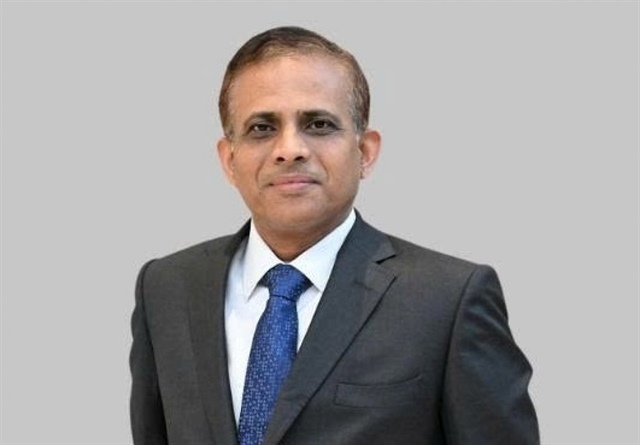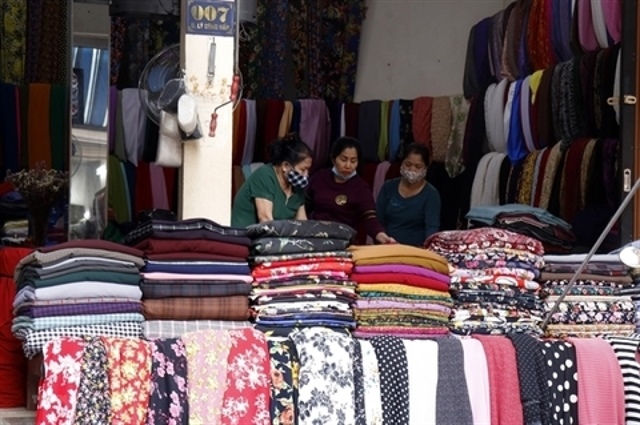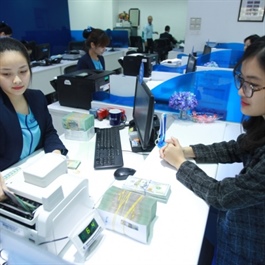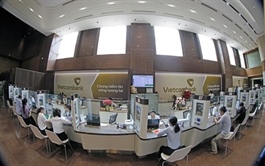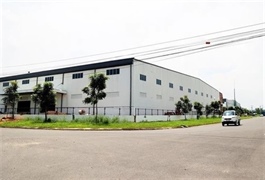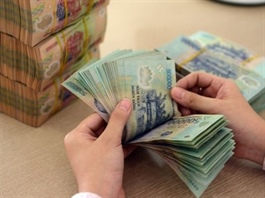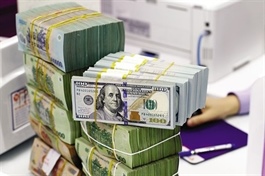Online payment – race of new technologies
Online payment – race of new technologies
The Government’s policy of promoting cashless payment has triggered the spread of online payments in Việt Nam as well as the race of new technologies, contributing to boosting the digital economy.

Online payments are spreading quickly in Việt Nam. — Photo courtesy of NAPAS |
A survey by SAPO – a multi-channel sales and management platform – on 15,000 sellers nationwide in 2023 revealed that up to 43.8 per cent accepted payments via bank transfer, with 15.3 per cent using VietQR codes.
Banks are also offering various supporting programmes to sellers like creating a QR code for quick money transfer and gifting a QR-code display board to each store, SAPO said.
At the same time, they have cooperated with software partners to introduce other useful functions and launch programmes to stimulus cashless payments.
According to the National Payment Corporation of Việt nam (Napas), in the third quarter of 2023, payments via VietQR codes doubled to more than 100 million transactions per month. On the Payoo system, payments via QR codes also increased 6 per cent in volume and 30 per cent in value quarter-to-quarter.
This payment method has already been used for utility bill payments (electricity, water, TV and internet services, school and hospital fees), with the number of transactions up 2.6-fold from the previous quarter.
Paying via QR codes is welcomed by both the young and the senior, Napas said, adding that the service fee is more competitive than others, such as card payment, making it more preferable to sellers, especially small retailers.
Đặng Tuyết Dung, Việt Nam and Laos country manager of Visa, the world’s leader in digital payments, said Việt Nam has quickly adapted to digital payments, citing statistics showing that last year, 66 per cent of consumers used online card payments, while 70 per cent used online or in-app mobile wallet payments, a dramatic increase from 61 per cent in 2022.
This means a lucrative opportunity for providers of online payment services. They are now trying to increase the security of this payment method by applying advanced technologies like biometric authentication (fingerprint or palm scanning, face recognition, and heartbeat analysis).
Cutting-edge technologies are also expected to boost the choice of QR payments for convenient and error-free transactions. Activating the payment process via voice is predicted to see a rise as well when AI technologies are better implemented on smartphones.
Việt Nam is trying to approach state-of-the-art technologies in cashless payments in order to boost the development of its digital economy and satisfy socio-economic development requirements in general.




